
Hey, do you love Nature?
Observing and learning about nature is fun and can help to protect our environment. In the NatureSpots App, you can put up all kinds of nature sightings - from species to habitats. Join up and help to build a biodiversity data set and share your photos!
Create your account or download the NatureSpots App for your Smartphone now to join the community!

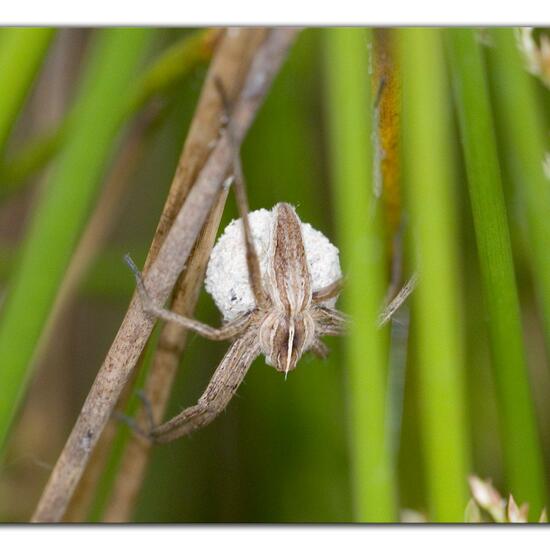 A discovery by Danny VG in habitat Natural Meadow on 09.06.2022. Pisaura mirabilis (Pisaura mirabilis) is a species of arachnid.
A discovery by Danny VG in habitat Natural Meadow on 09.06.2022. Pisaura mirabilis (Pisaura mirabilis) is a species of arachnid. 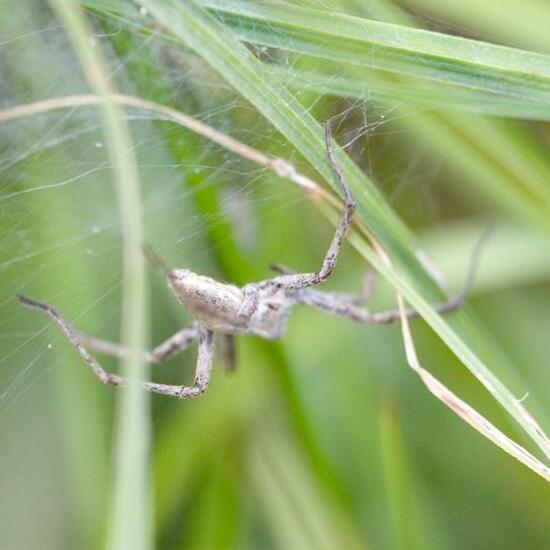 "Deze dame was de wacht aan het houden bij het nest, maar is ze wel de moeder??? ik neem aan van wel" says Danny VG in habitat Natural Meadow on 09.06.2022. Pisaura mirabilis (Pisaura mirabilis) is a species of arachnid.
"Deze dame was de wacht aan het houden bij het nest, maar is ze wel de moeder??? ik neem aan van wel" says Danny VG in habitat Natural Meadow on 09.06.2022. Pisaura mirabilis (Pisaura mirabilis) is a species of arachnid.  A discovery by Danny VG in habitat Natural Meadow on 09.06.2022. Pisaura mirabilis (Pisaura mirabilis) is a species of arachnid.
A discovery by Danny VG in habitat Natural Meadow on 09.06.2022. Pisaura mirabilis (Pisaura mirabilis) is a species of arachnid. 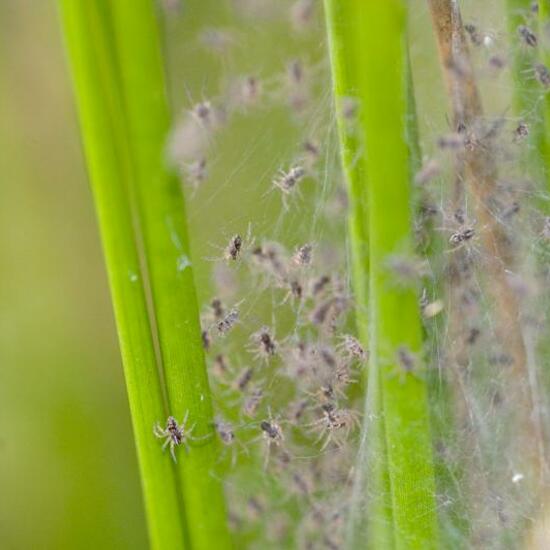 A discovery by Danny VG in habitat Natural Meadow on 09.06.2022. Pisaura mirabilis (Pisaura mirabilis) is a species of arachnid.
A discovery by Danny VG in habitat Natural Meadow on 09.06.2022. Pisaura mirabilis (Pisaura mirabilis) is a species of arachnid. 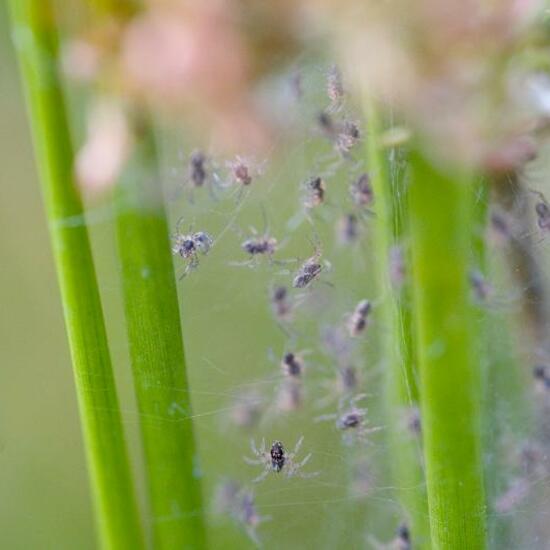 A discovery by Danny VG in habitat Natural Meadow on 09.06.2022. Pisaura mirabilis (Pisaura mirabilis) is a species of arachnid.
A discovery by Danny VG in habitat Natural Meadow on 09.06.2022. Pisaura mirabilis (Pisaura mirabilis) is a species of arachnid. 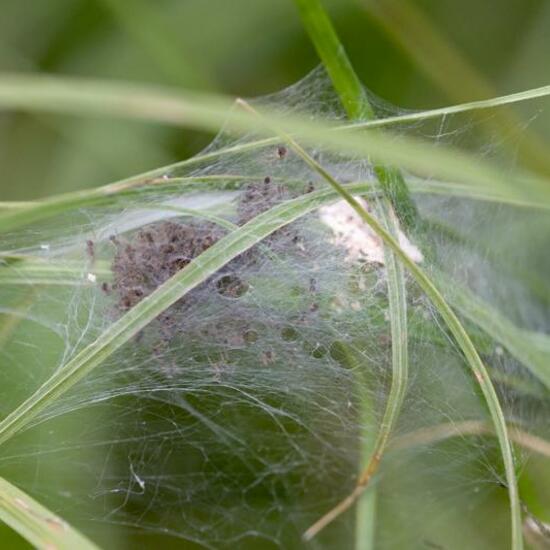 A discovery by Danny VG in habitat Natural Meadow on 09.06.2022. Pisaura mirabilis (Pisaura mirabilis) is a species of arachnid.
A discovery by Danny VG in habitat Natural Meadow on 09.06.2022. Pisaura mirabilis (Pisaura mirabilis) is a species of arachnid.  A discovery by Danny VG in habitat Natural Meadow on 09.06.2022. Pisaura mirabilis (Pisaura mirabilis) is a species of arachnid.
A discovery by Danny VG in habitat Natural Meadow on 09.06.2022. Pisaura mirabilis (Pisaura mirabilis) is a species of arachnid.  "Blattunterseite des Feldahorn (Acer campestre)" says Franz in habitat Natural Meadow on 14.06.2022. Acer campestre (Acer campestre) is a species of plant.
"Blattunterseite des Feldahorn (Acer campestre)" says Franz in habitat Natural Meadow on 14.06.2022. Acer campestre (Acer campestre) is a species of plant. 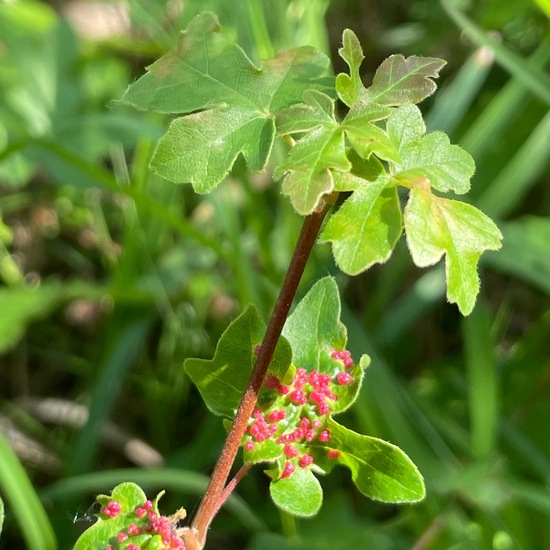 "Feldahorn (Acer campestre) mit ungewöhnlichen Blättern" says Franz in habitat Natural Meadow on 14.06.2022. Acer campestre (Acer campestre) is a species of plant.
"Feldahorn (Acer campestre) mit ungewöhnlichen Blättern" says Franz in habitat Natural Meadow on 14.06.2022. Acer campestre (Acer campestre) is a species of plant. 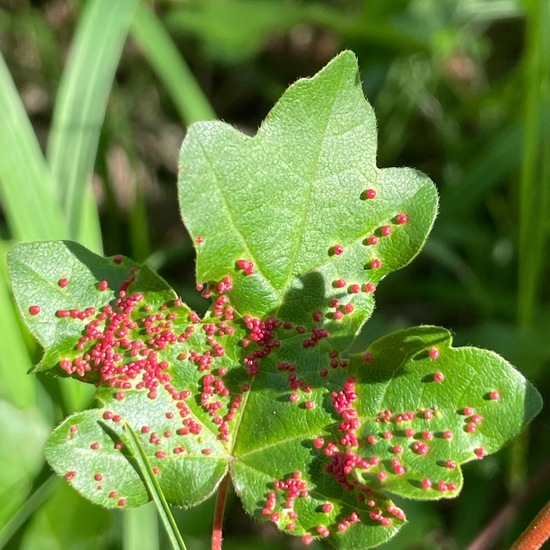 "Am Rand einer Wiese hat ein Feldahorn (Acer campestre) auf mehreren Blättern vermutlich Gallwespenprodukte." says Franz in habitat Natural Meadow on 14.06.2022. Acer campestre (Acer campestre) is a species of plant.
"Am Rand einer Wiese hat ein Feldahorn (Acer campestre) auf mehreren Blättern vermutlich Gallwespenprodukte." says Franz in habitat Natural Meadow on 14.06.2022. Acer campestre (Acer campestre) is a species of plant.